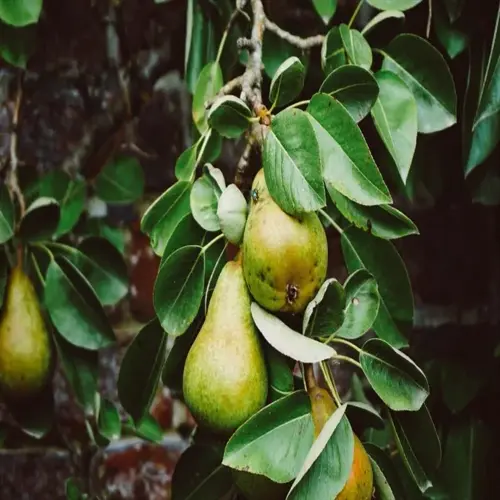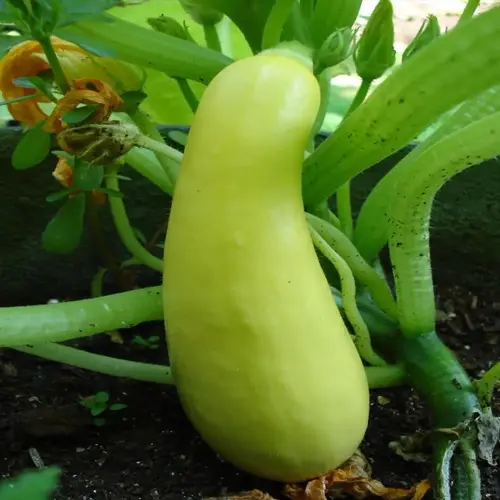Should you water bulbs after autumn planting?

Written by
Kiana Okafor
Reviewed by
Prof. Charles Hartman, Ph.D.Watering the bulbs after you've planted them in the autumn is crucial for rooting. Giving them a thorough drenching for initial watering will settle the soil around the bulbs, and the soil will fill any gaps that had air pockets. With the soil, roots are now in contact with the nutrients they need for absorption. Continue watering them weekly until the ground freezes, unless there is sufficient rain to provide adequate moisture.
Follow best practices to avoid common mistakes. Water slowly to allow deep penetration and limit runoff. Inspect the soil moisture at a 4-inch depth when you start watering. Bald root systems are caused by excessive water, which can occur when bulbs are submerged in too much moisture, leading to rot. Or if you don't water enough, the roots become desiccated. I use a soil probe to measure soil moisture levels accurately.
Initial Watering
- Soak soil until water pools slightly on surface
- Allow complete drainage before adding mulch
- Use watering can with rose attachment for gentle flow
- Water early morning to reduce evaporation
- Record rainfall to adjust supplemental watering
Seasonal Adjustments
- Reduce frequency when temperatures drop below 40°F
- Suspend watering during frozen ground periods
- Resume when soil thaws in early spring
- Increase during dry autumn spells with low humidity
- Install moisture sensors for precision watering
Look for signs of incorrect watering. Yellowing leaves indicate too much water, and brittle roots can indicate drought stress. If you notice these signs, adjust your practices right away. Using mulch will help maintain moisture levels, but it should never replace watering.
Specialized circumstances call for specialized practices. A newly planted bulb will require more regular watering than an established bulb. Plantings on a steep slope benefit from terracing to retain water at the base of the bulbs, rather than allowing it to run off. Container bulbs require daily inspection because they tend to dry out more quickly than those planted in the ground.
Read the full article: When to Plant Bulbs for Spring Blooms

